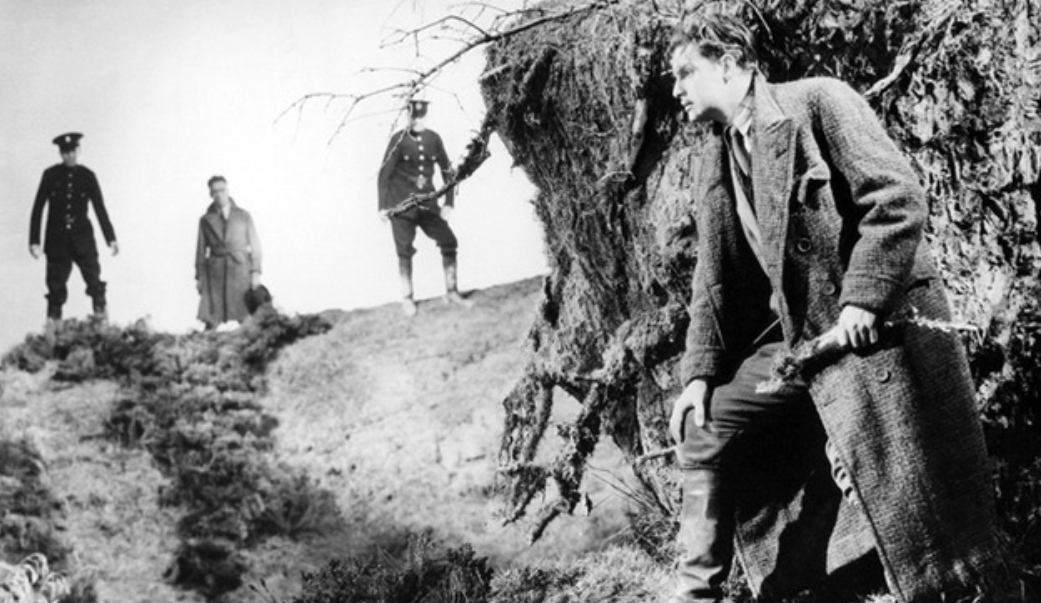Dancing in Hope and Fear
The Crystal Ballroom
by Libby Sommer
Ginninderra Press, 2017, 158 pages, $25
____________________________
Have you ever heard Latin American music coming from an upper room over a shop, and lingered briefly at the sign about dancing classes? Perhaps you have seen people—a man in built-up shoes or a woman with a surfeit of silver bangles—heading for an old town hall after dark. The world of ballroom dancing and tango lessons has its own etiquette and hierarchies. Libby Sommer’s new fiction, The Crystal Ballroom, lifts the lid on the delights and pitfalls of this fascinating sub-culture.
In elegant, pared-down prose, Sommer’s stories create a vivid portrait of a woman who loves to dance. Sofia has special dancing shoes from Bloch’s. She has been to dancing classes. No longer young, she takes care with her appearance. What could possibly go wrong?
Many of the nineteen linked stories in The Crystal Ballroom bear the names of men, and it is no surprise that these dancing partners, Henry, Gary, Aravind and Jack, among others, often turn out to be disappointing. Sofia yearns for more than someone who knows how to salsa:
She was feeling pretty dreadful, as she usually did at weekends. No one seemed to understand but she just didn’t fit in any more. The children grown up and left, the business finished, the house gone. She looked out on to the street to remind herself there was a world out there.
Confessing over coffee to her friend Ingrid, Sofia relates the latest instalment of her ballroom adventures. The two women meet at a harbour pool or a beachside café, or take a stroll together. From time to time Ingrid asks a question or says something tactless, but most of the stories flow from gallantly hopeful beginnings to rueful endings. Ballroom dancing is a competitive arena, but not in the Strictly Ballroom sense of competing for prizes. Women compete for partners, looking for men who can dance and men who could become lovers or close companions. Few of the men prove suitable for more than a few encounters on the dance floor or a brief fling elsewhere. Some are married or claimed by other women. One is regarded as far too young by Ingrid and other judgmental friends. Others, adrift in the world, are looking for financial or emotional rescue. Occasionally Sofia ventures beyond the ballroom, to a music festival in the bush or a suburban swingers’ spa concealed behind metal doors. And inevitably her well-intentioned friends give a dinner party to introduce her to someone they consider more suitable than the men from the Crystal Ballroom.
Sommer has great skill in creating atmosphere. The music, the swirling scents of aftershave and sweat, the décor of ballrooms, flats, motels and shared tents are powerfully evoked. She is also good, perhaps too good, at describing what people wear. Those descriptions reminded me of captions from the social pages of many years ago.
Some of the best passages in the book express the joy of dancing. Sofia has a lesson from an Argentinian teacher, Alberto:
We’re practising walking the length of the hall. Alberto says that in Buenos Aires students of tango spend two years just learning to walk properly.
“Extend forward,” he says, “step forward, only placing the weight on the extended leg at the last moment, toes pointed, sides of the feet staying connected to the floor.”
Then backwards with a straight leg, torso pulled up, chest up and out, and with a partner again, always there’s that special connection with a partner.
Yes, always there’s that special connection with a partner. I found Jack, for whom this chapter is named, an endearing but exasperating character.
I enjoyed the eastern suburbs settings in this book, the scent of the sea, the birds in the gully, the noise of traffic, the cafés and beaches. The book’s design and layout are attractive, and the only editorial lapses I could spot were Leichhardt with just one h, and the fairways of a golf course termed “rolling freeways”.
Although this is a book of linked stories rather than a conventional novel, I found myself caring deeply about Sofia and her fate. When, oh when, I wondered, would she escape from the cycle of hope and despair? Surely her energy and resilience would eventually be rewarded?
I don’t want to give away the ending, but rest assured that there is some emotional development and progress on the friendship front. And the concluding paragraph is a joy.
Penelope Nelson reviewed Robin Dalton’s One Leg Over in the July-August issue.
Madam: Archbishop Fisher (July-August 2024) does not resist the attacks on his church by the political, social or scientific atheists and those who insist on not being told what to do.
Aug 29 2024
6 mins
To claim Aborigines have the world's oldest continuous culture is to misunderstand the meaning of culture, which continuously changes over time and location. For a culture not to change over time would be a reproach and certainly not a cause for celebration, for it would indicate that there had been no capacity to adapt. Clearly this has not been the case
Aug 20 2024
23 mins
A friend and longtime supporter of Quadrant, Clive James sent us a poem in 2010, which we published in our December issue. Like the Taronga Park Aquarium he recalls in its 'mocked-up sandstone cave' it's not to be forgotten
Aug 16 2024
2 mins







